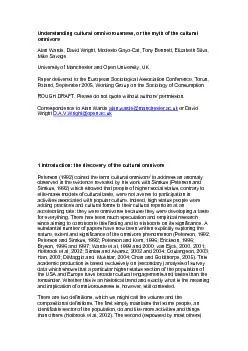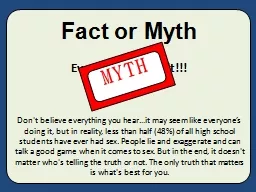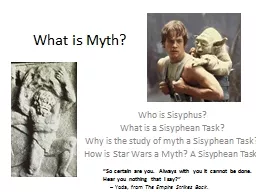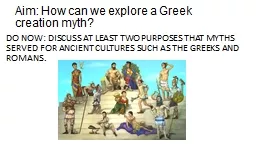PDF-Understanding cultural omnivorousness, or the myth of the cultural Ala
Author : olivia-moreira | Published Date : 2015-09-15
or David 1 Introduction the discovery offor everything There has been much speculation and empirical research since aiming to corroborate this findisubstantial number
Presentation Embed Code
Download Presentation
Download Presentation The PPT/PDF document "Understanding cultural omnivorousness, o..." is the property of its rightful owner. Permission is granted to download and print the materials on this website for personal, non-commercial use only, and to display it on your personal computer provided you do not modify the materials and that you retain all copyright notices contained in the materials. By downloading content from our website, you accept the terms of this agreement.
Understanding cultural omnivorousness, or the myth of the cultural Ala: Transcript
Download Rules Of Document
"Understanding cultural omnivorousness, or the myth of the cultural Ala"The content belongs to its owner. You may download and print it for personal use, without modification, and keep all copyright notices. By downloading, you agree to these terms.
Related Documents














